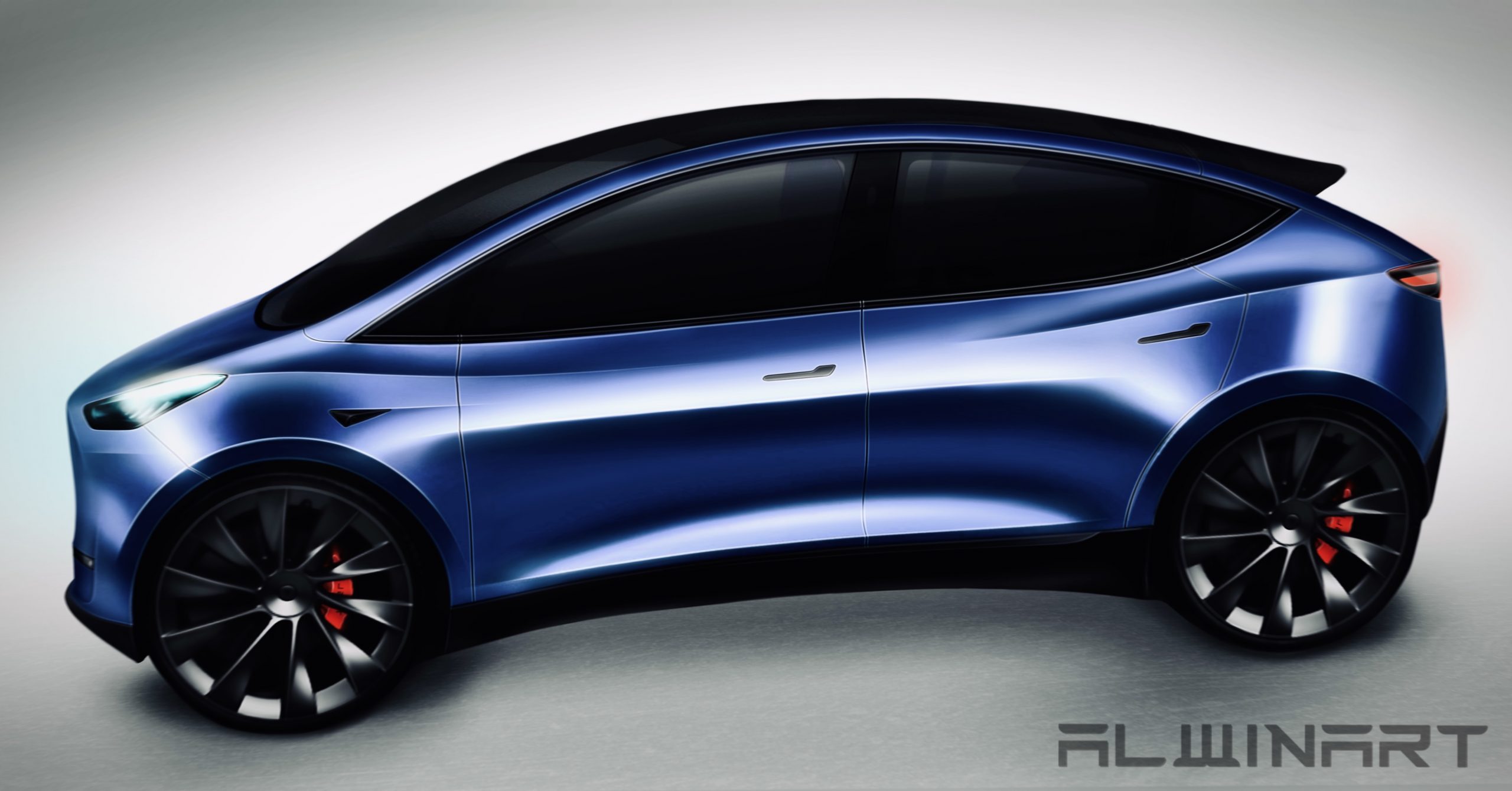Ukraine pushing Russia out might actually be bad for the markets... Don't take that the wrong way, it is VERY good for humanity and the world that Ukraine has turned the tide. Russia just has more of a reason to act out very aggressively against the west. More drama around energy is likely to happen very soon.
I think the Russians have already mostly pulled whatever energy levers they had. They are essentially a petro-economy. More curtailment from here hurts them more than us. The best case scenario is the Russians are pushed out so quickly and in such humiliating a fashion as to make Putin's continued reign untenable. That is actually looking like a real possibility now.



